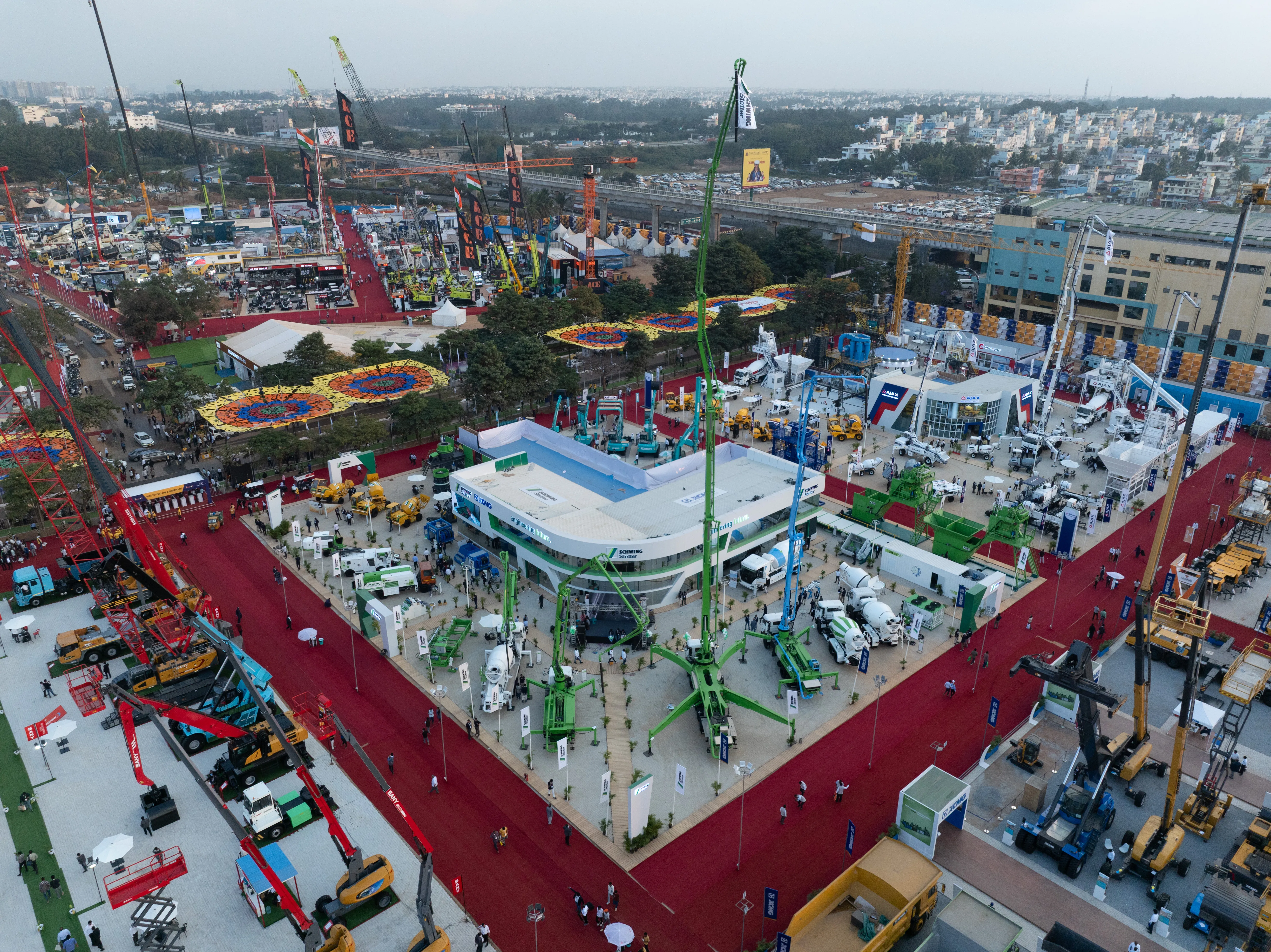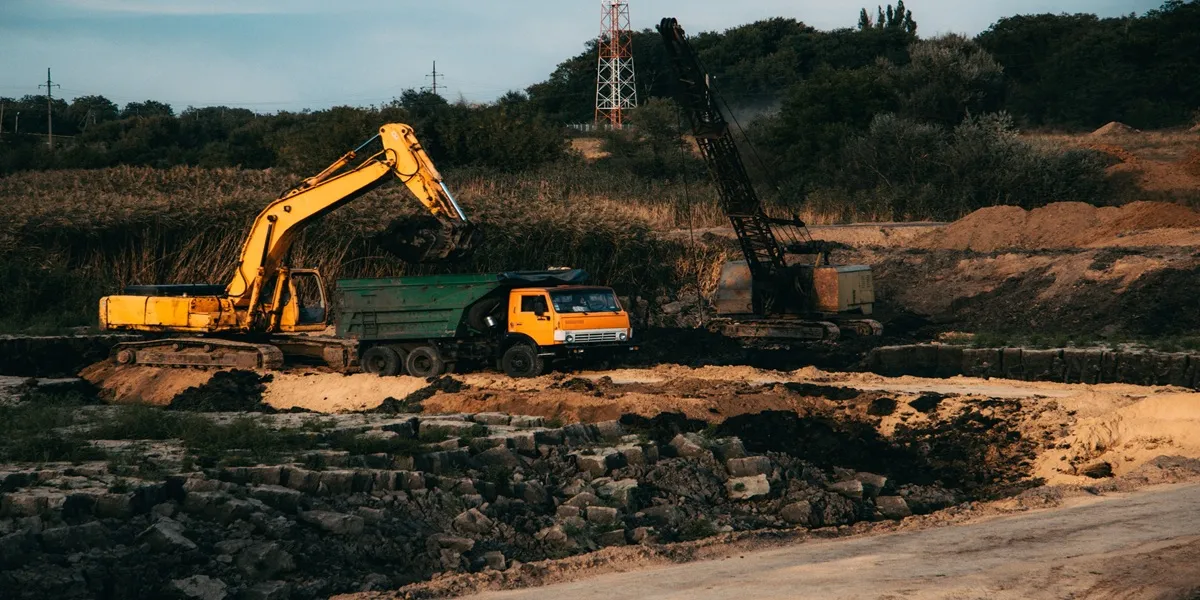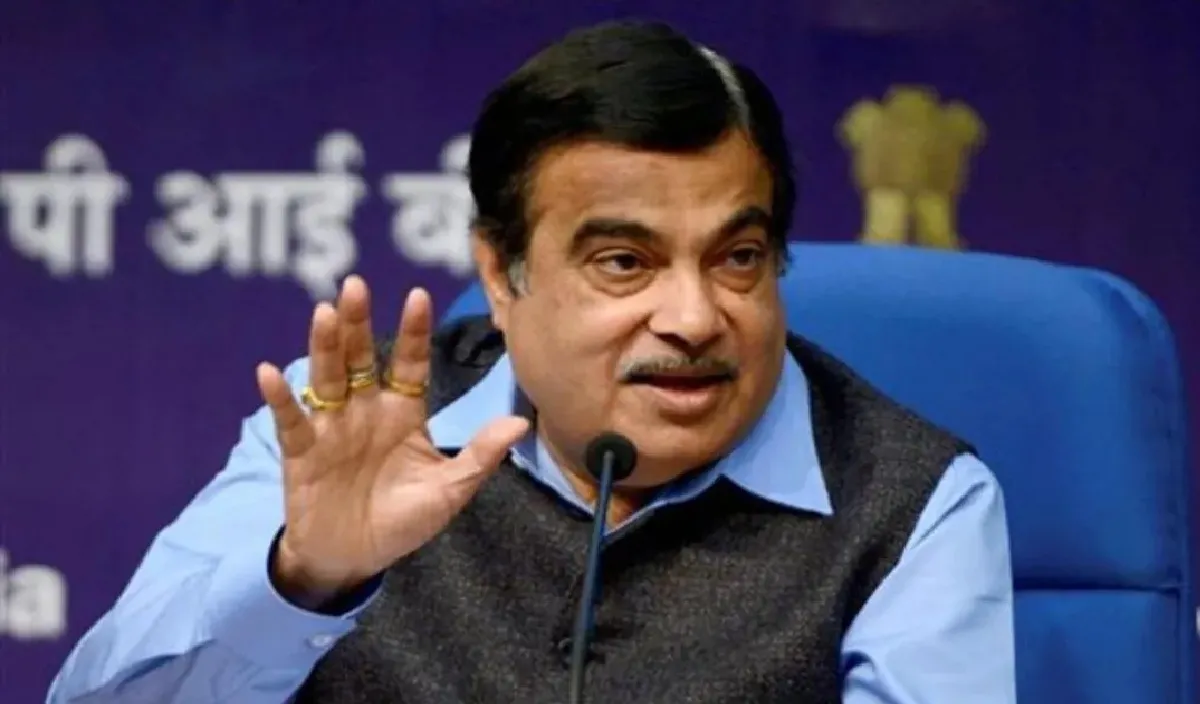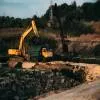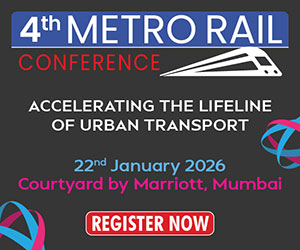Innovation in capturing carbon data is vital to finding the answer for a more sustainable future. By refining, harnessing, and presenting the reams of available information to drive better decision-making, we can radically improve our ability to quantify, track and accelerate our carbon reduction efforts,writes Haima Haldar, Senior Director, Digital Services&Monika Nair, Associate Director, Engineering Net Zero, The Global Technology Center, India, AtkinsRéalis.
Carbon is still a problem without a solution. Despite growing pressure from UN mandates to ESG investing principles, we’re still trialling and testing to find the best way to reduce carbon emissions. Whilst some organisations have reached an unprecedented level of maturity in their carbon awareness, on a macro-level there are still too many circles that must be squared. Sustainability isn’t new - it’s been present in the ethos of planning and design teams for decades. But for too long, it has been diluted, rather than reinforced, throughout the lifecycle of projects.
Ecological degradation, erratic weather conditions, and runaway climate breakdown: the wider consequences of not changing our priorities will be severe. As customer and regulatory expectations continue to change to meet those threats, businesses that can’t keep up risk becoming obsolete. But projects are becoming more and more complex, not just in scale, but also in the number of multidisciplinary domains involved. The dangers of making uninformed decisions are not local - they can have cascading impacts that lock in the wrong courses of action.
While attitudes are shifting, our most valuable resource to deliver transformation is still not yet fully realised: data. Data analytics, through modelling, tracking and reporting real-time and cumulative carbon emissions enable us to drive more effective, efficient, and expeditious decarbonisation, but we are still only on the cusp of fulfilling their potential. To get the right information in front of the right people to drive the right outcomes, we must integrate data into an intelligent, collaborative framework of people and digital technology. How we meet that challenge over the next few years will determine our success over the next fifty.
Force of nature
The largest obstacle to overcome in the short term is our own behaviours. Humans tend to be reactive, preferring to sit on problems until they can’t be ignored anymore. But with a situation this urgent, we can’t afford to wait for something to fully break before we fix it. We must recognise and act on the warning signs as they appear, and this climate emergency couldn’t be any clearer. For too long we’ve lacked conscious responsibility around sustainability and net zero agendas, prioritising manageable costs over challenging carbon. That’s why business as usual must change.
Acknowledging these flaws and allowing technology to play a much greater role is therefore essential. Digital technology can deliver constructive, timely and accurate alerts to key decision-makers to drive optimal decisions. Through data analysis and the creation of interactive, accessible platforms, we can deliver targeted insights across organisations, across the lifecycle of an asset. That will empower us to act more responsibly - changing our behaviour and illuminating our larger priorities. Without that line of sight to the bigger picture, our solutions won’t be deep, broad or fast enough.
Data integrity
However, it’s crucial that we distinguish data from data insights. Data is the fuel that powers intelligence, but all too often we are bombarded with an excess of parameters and permutations. Our ultimate goal is to meaningfully use data to inform design and operation, catalyse the development of materials and methodologies, and retrain the design and engineering community in how we deliver real sustainability. With carbon emissions, that starts by making them visible throughout the whole lifecycle.
This is possible on any project. Take a nationally significant flood defence scheme in the UK we recently worked on. We dynamically modelled the total carbon using BIM data already being produced for the design, and assessed options for carbon mitigations, from structural strength to materials and modern methods of construction. For the first time, carbon data was accessible to the designers and decision-makers in a format that could influence their decision-making . At the end of the data analytics period, we delivered this value proposition to our client as a proof of concept. The result was further funding to deliver these design alterations, tangibly reducing carbon emissions in this project and setting a blueprint for those to come.
Change of pace
Digital technology is developing at speed. Predictive modelling, AI and machine learning - these are critical to extracting patterns from years of data and predicting points of failure. What might have seemed like science fiction a few years ago is now invaluable. The more we embed best practice using technology, the more we can accelerate the necessary transformation of our systems and methodologies.
Yet technology must be seen as a tool, not a solution. To derive insight, we need to understand what insight is needed, and where. Although systems are built by data scientists and software engineers, they must be informed by a diverse range of expertise, from environmental planners and project management teams to architects and engineers. Subject matter experts add critical value, defining the purpose of data collection and connecting the dots in such a way as to generate insight.
Think local, act global
Sustainability has long underpinned India’s traditional ways of working, where the practice of striving to find better solutions is part of the cultural make-up. But now the role of the engineering, design and project management industries crosses continents. As a result, we’re able to integrate the lessons we learn across the world, experimenting, improving, and
optimising for the future. It’s also urgent that we continue this global pollination because unless we act coherently and decisively, we risk damaging our ecosystems beyond repair. So now, this is about more than just efficiency - it’s the right thing to do, and we have a social responsibility to act today on behalf of tomorrow, to do our utmost to bring about a future where people, places, and the planet can thrive.
The challenge we face is enormous and multifaceted. But data is now making it possible to understand the impact of the built environment. So, armed with data insights, we’re beginning to comprehend the interrelationships in our complex systems, making it even easier to make change happen, build sustainably, and reduce carbon emissions. We’re finally beginning to deliver real, holistic carbon reduction across our economy. But to reach our low-carbon destination, we need to continue to celebrate and improve data insights.
About the Authors: Monika Nair is an AtkinsRéalis’ Fellow for Landscape Architecture – a lifetime honour for professional excellence. She currently heads Engineering Net Zero (ENZ) in India and leads into innovation for AtkinsRéalis’ Global ENZ program. She is an award-winning Chartered Landscape Architect with extensive experience as a landscape architect, urbanist and public realm designer across urban development projects in the UK, India, Middle East
and the APAC.
Haima Haldar heads the Digital Business in the Global Technology Centre,India for AtkinsRéalis, with focus on providing leadership to the Digital business to
drive growth and capability development. She works closely with regional Digital leaders for ensuring that the company meets its commitment in bringing forward the value
proposition for its clients in the use of Digital services and products.

